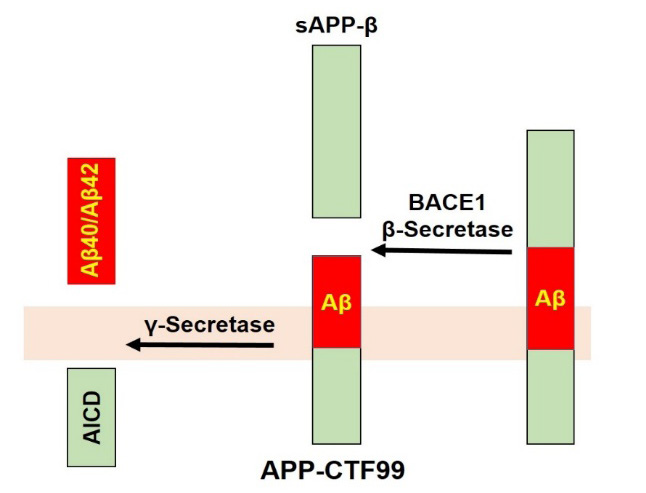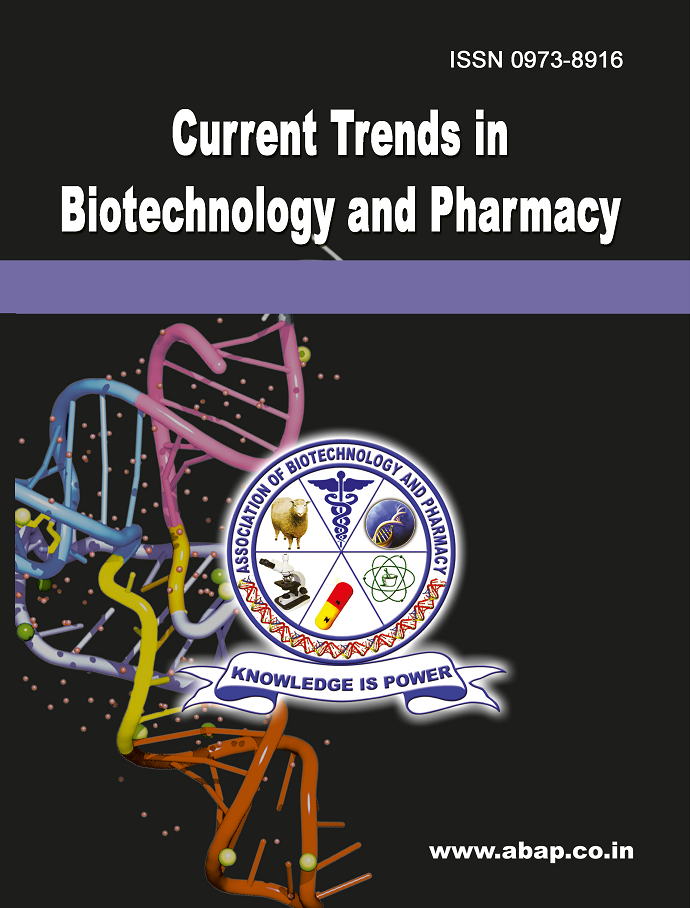Computational Study on Marine Algae-Derived Octaphlorethol A as a Potential Inhibitor of Beta-Secretase for Alzheimer’s Therapy
DOI:
https://doi.org/10.5530/ctbp.2025.3.29Keywords:
Alzheimer’s disease, β-secretase, Molecular docking, Octaphlorethol-A, ADME, ToxicityAbstract
Alzheimer’s disease is a progressive neurodegenerative disease that mainly affects people above the age of 65 years. Current treatments focus to reduce the symptoms of the disease but do not target the cause. In the current study, we targeted on the β-secretase belonging to the amyloidogenic pathway. Secondary metabolites from marine organism are often unexplored. In the current study, we explored about 202 such metabolites to check their potential to inhibit β-secretase. A library of secondary metabolite structures was downloaded from the PubChem database. The three-dimensional protein structures - β-secretase (PDB ID: 1M4H) was downloaded from PDB database. The ligands and the proteins were subjected to energy minimization using UCSF Chimera software employing an AMBER force field. Molecular docking was performed to evaluate the binding affinity of ligands against the β-secretase using AutoDock Vina. Semagacestat was used as standard. Post dock analysis was performed using Ligplot plus and PLIP server. ADMET analysis was performed using SWISS ADME and PROTOX II servers. Among the 202 compounds, Octaphlorethol-A showed higher binding affinity towards the enzymes β-secretase when compared to standard. In addition, molecular dynamic simulation studies confirmed that the compounds form relatively stable complex than the standard drug. Moreover, the ADMET analysis indicates that octaphlorethol-A could be chosen as a potential drug candidate. In the future, these compounds could be used as potential leads and evaluated via in-vitro and in-vivo experimental studies to validate the results.



